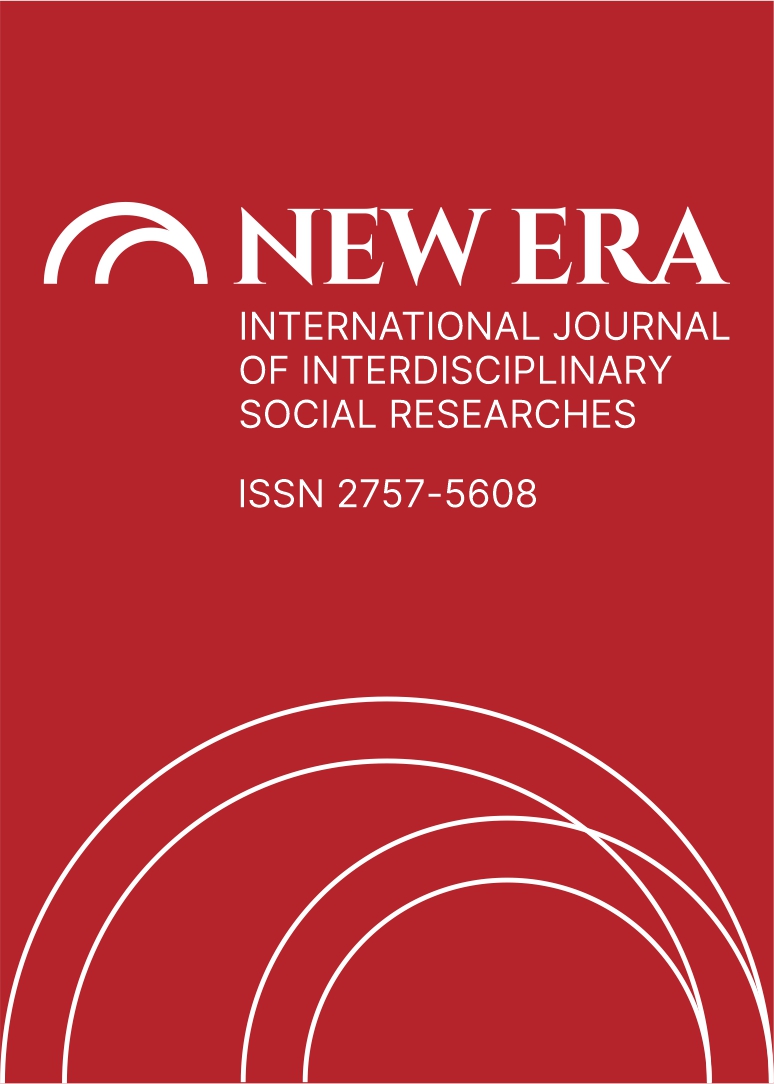THE PLACE OF WOMEN POETS IN URDU NAAT
DOI:
https://doi.org/10.5281/zenodo.7752581%20Abstract
However the majority of the poets who wrote naats to the Prophet were men, women poets were also not indifferent to this issue. Although there are many individual naat works of male poets especially in Urdu poetry, the independent naat works of female poets who have given independent works in this field also constitute a considerable part of this literature. As various sources the mother of the Mohammad Amina who uttered the first naat to the Prophet (pbuh) before Mohammad was honored in the world. A few poems written by Halime Saadiya after Amina are among the first examples of naats. Again, the prose wrote by Umm Mabed during her migration to Medina can be accepted as one of the first examples of naat, as it is full of praise of the Prophet. After the death of our Prophet, Safiya, the short elegies sung by Atika are also accepted as naats. After the companions, the names of two female poets named Saduna bint Isam and Nihani stand out in the field of naat. The tradition of naat, which started in Arabic literature, spread rapidly in Persian, Turkish and Urdu literature over time. The fact that women poets have independent naat works makes Urdu literature privileged in this field. On the other hand, Muhammed Cemil Ahmed mentioned about women poets who have independent naat works in Urdu literature, as well as thousands of women who wrote poetry and wrote naats in other fields. This is clear evidence that Urdu women poets are very interested in the subject of naat. The first source about Urdu female naat poets is Muhammed Cemil Ahmed's "Tazkira-e Şairat-e Urdu". While emphasizes about Urdu women poets in this book, Ahmed also gave part of their naats. According to this source, Keyfi, İsmet, Navab Ahtar Afitab Begum, Haydar Begum, Kamer Begum, Begum Uruc, Sipehrârâ Rabia Hatun Pinhan, Serdar Haydarabadi, Cemalu'n-Nisa Begum, Selma Seyyidah Haydarabadi, Şemima Calend, are first female naat writers. Muzaffar Nagri is one of the female poets whose poems are full of naat elements. Keyfi and Navab Ahtar Mahal, who are among these poets, compensated the famous Persian poet Kutsi. Begum Afzal's Tamer-e Harem, Pinhan's Leyletu'l-Mirac, Şemim Calendheri's Miladu'n-Nebi are very valuable naats in terms of literature. Zahide's poetry book, Firdevs-e Tahayyül, has naats as well as other poems. One of them, Bibi Amina ki Bister-i Marg, is his mother's poem. Praises to our prophet from Amina's language are very impressive. In addition to the expressions of grief, the adjectives and characteristics of the child's childhood are among the elements that increase the quality of the poem. Ziynet Bibi Mahbub's Gulben-i Naat is the first naat book in Urdu poetry. In our study, the literary features of the poems are discussed by giving examples from the naats of the women poets who have given independent works in Urdu naat or have made significant contributions to the development of this field.
References
Abbasi, N. (2021). “Urdu ki Naatiya Şairi min Şairat ka Hissa”, Tarjihat, 2021, S.4, s.4-10
Ahmed, M. C. (1944). Tezkire-i Şairat-ı Urdu. Kavmi Kutuphane, Bareli.
Bedayuni, R. C. B. M. (1946). Urus-i Suhen. Delhi Printing Works, Delhi.
Şahcihanpuri, E. S. (1984). Tezkire-yi Naatgu Şairat. İdare-i Tasnif-i Tahkik-i Pakistan Karaçi.
Kasimi, R. M. (2022). “Naat-ı Şah-ı Kevneyn aur Reyhana Atıf”, https://balagh18.com/ نعت-شاہ-کونین-اور-ریحانہ-عاطفؔ-از-ڈاکٹ/ erişim tarihi: 26.05.2022
Mahbub, Ziynet Bibi (1880). Gulben-i Naat. Matba Riyaz-e-Hind, Amritsar.
Mecid, R. (1990). Urdu min Naatgui. İkbal Akademi, Lahor.
Şirvani, A. H. (1946). Anisat. Urdu Mahal, Dekken.
Tehniyet, T. B. (1955). Zik u Fikr. Sabras Kitab Ghar, Haydarabad.
Zahida, H. Ş. (1995). Firdevs-i Tahayyül. Educational Publishing House, Aligarh:1995.
Downloads
Published
How to Cite
Issue
Section
License
Copyright (c) 2023 NEW ERA INTERNATIONAL JOURNAL OF INTERDISCIPLINARY SOCIAL RESEARCHES

This work is licensed under a Creative Commons Attribution-NonCommercial 4.0 International License.


